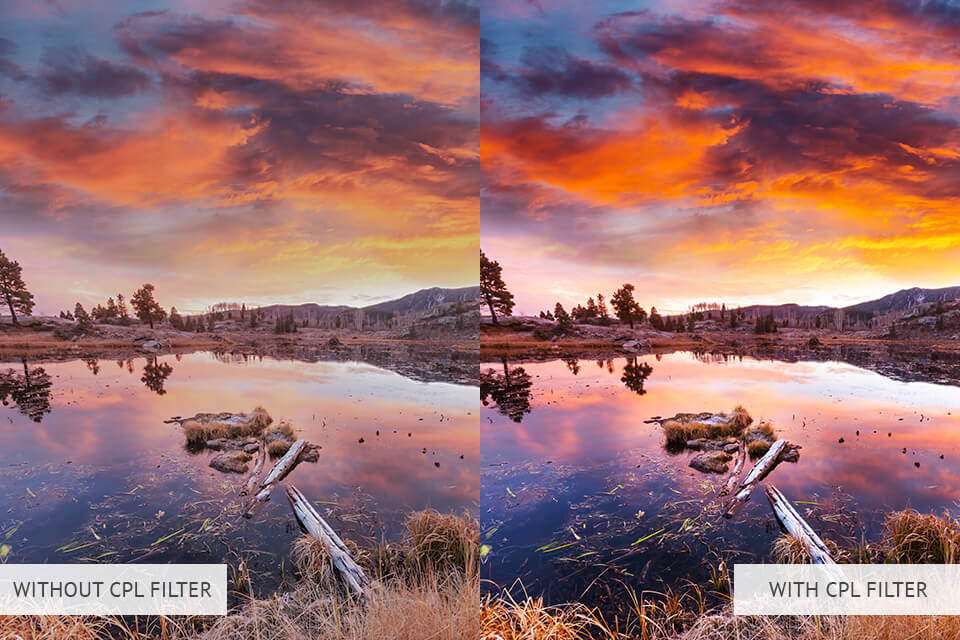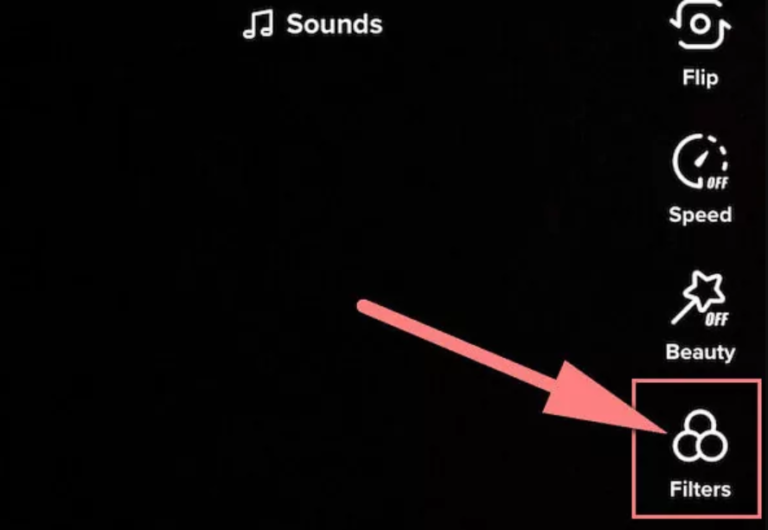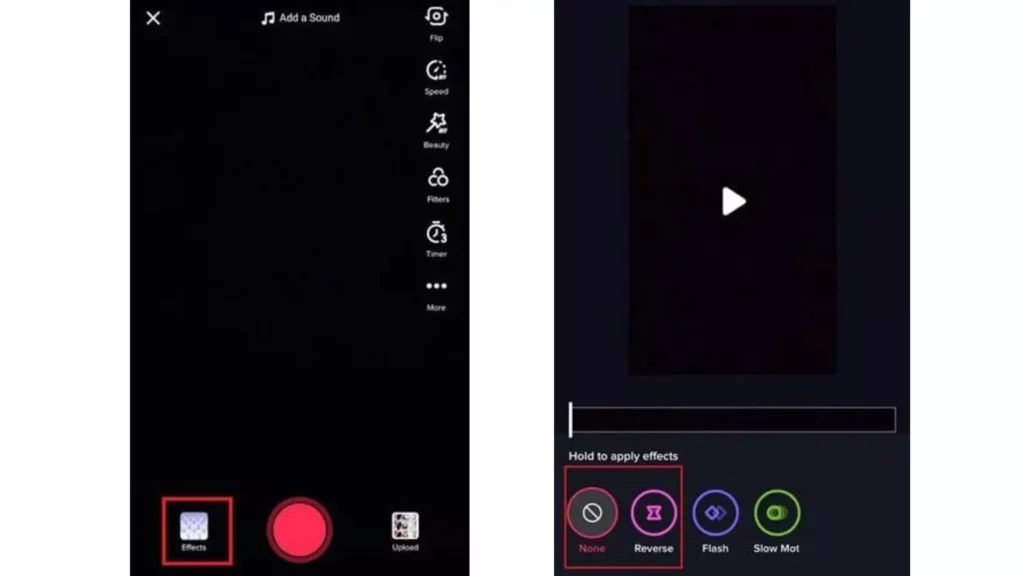How Do You Take A Filter Off A Picture

In an era saturated with digitally altered images, a common question arises: how can one remove a filter from a picture? The answer, unsurprisingly, depends heavily on the platform or software initially used to apply the filter, and whether the original image data was preserved.
Understanding the process requires knowledge of image editing techniques and the specific functionalities offered by various applications. Removing a filter is not always a straightforward task, and success often hinges on the type of filter and the editing capabilities of the tools available.
Understanding Filter Application Methods
Filters are applied to images using various methods, each with implications for their removability. Some applications use non-destructive editing techniques, preserving the original image data and allowing for easy filter removal. Others permanently alter the image, making reversal more complex.
Non-Destructive Editing
Many photo editing apps, such as Adobe Lightroom and VSCO, employ non-destructive editing. This means that the original image remains untouched, and filter adjustments are stored as separate metadata or layers. To remove a filter applied in this way, simply undo the adjustment or revert to the original image settings.
The advantage of this method is the flexibility it offers. Users can experiment with different filters without the fear of permanently altering their photos.
Destructive Editing
In contrast, some applications, especially those focused on quick social media edits, apply filters destructively. This process permanently alters the pixel data of the image, making it harder or impossible to completely reverse the filter. Instagram, for example, often applies filters in a way that can be difficult to fully undo.
Once the filter is applied and saved, the original image data is lost. Therefore, removing the filter becomes a complex process of trying to reverse-engineer the adjustments.
Techniques for Removing Filters
Despite the challenges posed by destructive editing, several techniques can be employed to lessen or partially remove the effects of a filter. These techniques typically involve using image editing software to adjust colors, contrast, and saturation.
Adjusting Color and Tone
One approach is to use image editing software to counteract the color and tone adjustments made by the filter. This involves carefully manipulating levels, curves, and color balance to restore the image to its original appearance. This process requires a keen eye and an understanding of color theory.
Software like Photoshop and GIMP offer powerful tools for making these adjustments. However, achieving a perfect reversal can be difficult, especially if the filter significantly altered the image.
Using the "Undo" Function
The simplest method, when available, is to use the "undo" function within the application immediately after applying the filter. Many apps offer this feature, allowing users to revert to the previous state with a single tap or click.
However, this option is only available if the image has not been saved since the filter was applied. Once the image is saved, the changes become permanent, and the "undo" function is no longer effective.
Third-Party Applications
Certain third-party applications claim to be able to remove filters, often by using algorithms to analyze and reverse the applied effects. The effectiveness of these applications varies, and it's important to research and read reviews before using them. Be wary of apps that promise unrealistic results.
Some apps might also raise privacy concerns, so it's crucial to understand their data handling policies before granting them access to your photos.
The Importance of Preserving Original Images
The easiest way to avoid the problem of removing filters is to always preserve the original, unedited image. Before applying any filters, make a copy of the original photo to ensure that you have a clean version to revert to if needed.
This practice is especially important when using applications that apply filters destructively. By keeping a backup, you can experiment with different filters without permanently altering your original photo.
Ultimately, the ability to remove a filter from a picture depends on the editing method used and the tools available. While non-destructive editing offers a simple solution, destructive editing requires more advanced techniques and may not always yield perfect results. Maintaining original images is the most reliable strategy for ensuring flexibility and control over your photos.


















